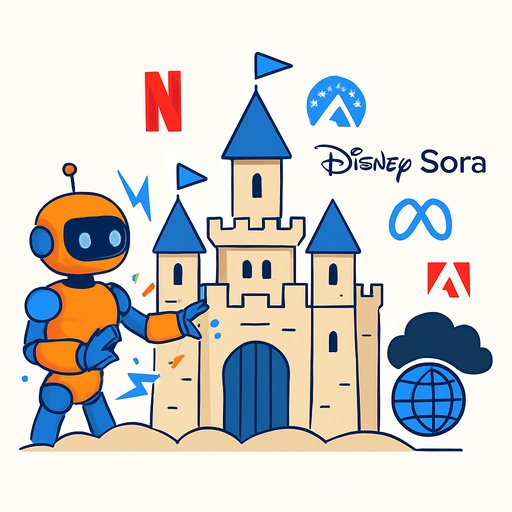Interview: The World’s First AI-Generated Theatre?
At Camden Fringe, Gap promises a sharp, seductive thriller where art, ambition, and artificial intelligence collide. This groundbreaking production claims to be the first play ever written using artificial intelligence. It challenges the lines between human creativity and AI, raising provocative questions about art, desire, and authenticity in a digital age.
We spoke with Kirill Levman, the mind behind the show and leader of the creative team, to get a closer look at this unique theatrical experiment.
What can audiences expect from the show?
Gap defies traditional categories. It starts as a sophisticated drawing room drama but soon shifts into something more provocative and unsettling. The production breaks the fourth wall in new ways, inviting audiences to participate actively. Phones are encouraged in the theatre, as real-time social media interactions happen via a WhatsApp group.
Expect theatre reimagined for the digital era, complete with unexpected musical moments that heighten the play’s absurdity.
Is Camden Fringe the show’s debut?
This is Gap’s premiere as a fully realized production. While rehearsals took place over Zoom, this initially felt like a compromise but became part of the show’s artistic language. The glitchy, disjointed nature of video calls mirrors the AI-inspired themes.
What inspired the show?
After hitting a creative block and struggling with copyright issues, Kirill turned to AI for inspiration. Instead of fearing the technology reshaping creative expression, he chose to collaborate with it. The play explores the tension between human and machine creativity without taking shortcuts, but by exploring new artistic territory.
Has the show changed since its initial concept?
The idea of a “final version” doesn’t quite fit this project. Working with AI means constant evolution and surprise. Kirill acts more as a curator than a traditional author, selecting and shaping AI-generated material. The process has been organic, incorporating accidental elements like technical glitches and moments of digital alienation into the narrative.
Who makes up the creative team?
- Marie Reinherr, Dan Iliadis, and Patric Schwaab connect deeply with characters caught between traditional art values and technological disruption.
- Vera Parnikel, the composer, creates human music to accompany AI-generated lyrics, adding productive dissonance.
- Yulia Savitskaya and Lucien Campbell bring experience blending digital elements with authentic theatrical atmosphere.
How does the show handle set and props on a fringe budget?
Budget constraints became a conceptual strength. The play’s themes revolve around authenticity versus artificial construction, reflected in the minimalistic set. Instead of literal representations, symbolic objects evoke a luxurious Islington flat. An abstract painting changes throughout the show via projections, shifting with the emotional tone.
What’s been the biggest challenge in realizing the vision?
Kirill’s dual role as curator and creator poses a unique challenge. While AI generated the initial text, the real work involves selecting and refining content to make it theatrically viable. This raises questions about creative ownership, echoing the play’s themes. The philosophical challenge is defining where AI’s input ends and human creativity begins—or whether that boundary matters at all.
How important is audience interaction?
Audience engagement is fundamental. The show rejects the traditional model of silent, passive viewers, encouraging active participation through phones and social media. The WhatsApp group is not a gimmick but a core part of shaping the performance live.
What’s next after Camden Fringe?
For now, the focus is on delivering a strong Camden Fringe run. Theatre exists in the moment, especially a show like this that depends on each night’s audience interaction. If the response is positive, there may be opportunities to extend the run or evolve the production further. The flexibility of fringe theatre supports ongoing adaptation.
What’s the most unconventional prop?
The audience’s smartphones take that title. These devices, usually seen as distractions, become essential tools that blur the line between artificial and authentic—central to the play’s themes.
What is the significance of the title Gap?
The title works on multiple levels. On the surface, it references the age gap between George, a 21-year-old artist, and his 39-year-old gallery owner girlfriend Kirsten. But it goes deeper, symbolizing the spaces between human and AI creativity, intention and interpretation, performer and audience. It refers to the undefined zones where meaning shifts, mirroring the play’s exploration of AI’s role in art. It also nods to the London Underground’s “Mind the gap” warning, urging audiences to pay attention to the spaces between things.
Gap will be staged at the Etcetera Theatre on Tuesday 19 and Wednesday 20 August 2025. For creatives interested in how AI intersects with artistic work, this show offers a rare, thought-provoking experience.
Your membership also unlocks:






